BlueOval City, the electric vehicle (EV) battery manufacturing facility under construction in Stanton, Tennessee, demonstrates the potential for the Biden administration’s economic policies to create good union jobs and promote development in regions of the country that have long been ignored.1 The project shows that the administration’s economic policies can work as planned, with public incentives encouraging major new investments by private companies that create good union jobs.
The project also highlights questions about long-term job quality once the facility is operational as well as who will be credited for the impact. The answers to these questions could affect the ultimate evaluation of the project and the policies that made it possible.
Anecdotal interviews recently conducted by the Center for American Progress found that construction workers at the site “love” their “life-changing” jobs.2 Working under a project labor agreement (PLA) that ensures union-scale wages and benefits and promotes apprenticeship helped workers go from financial precarity to economic stability—from paying bills “half this week and half the next week” to meeting their financial obligations fully and being able to afford a vacation and even buy a home.3





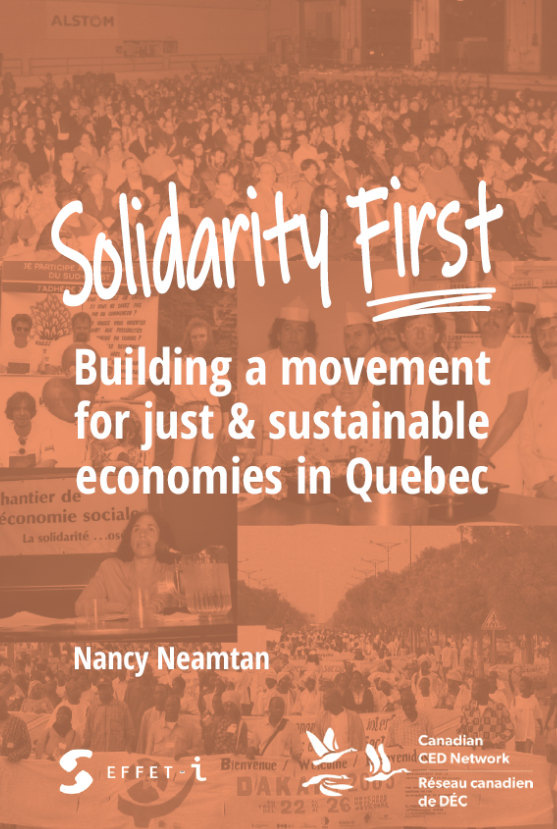
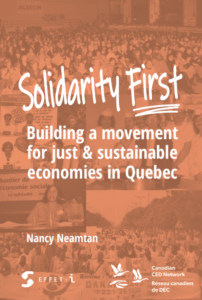 : The Canadian CED Network and Effect
: The Canadian CED Network and Effect

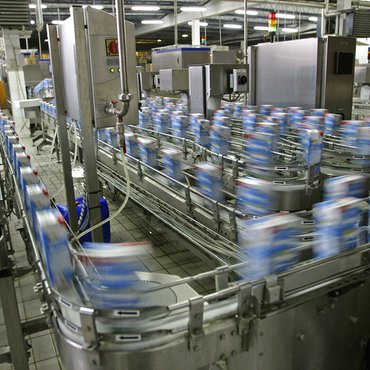

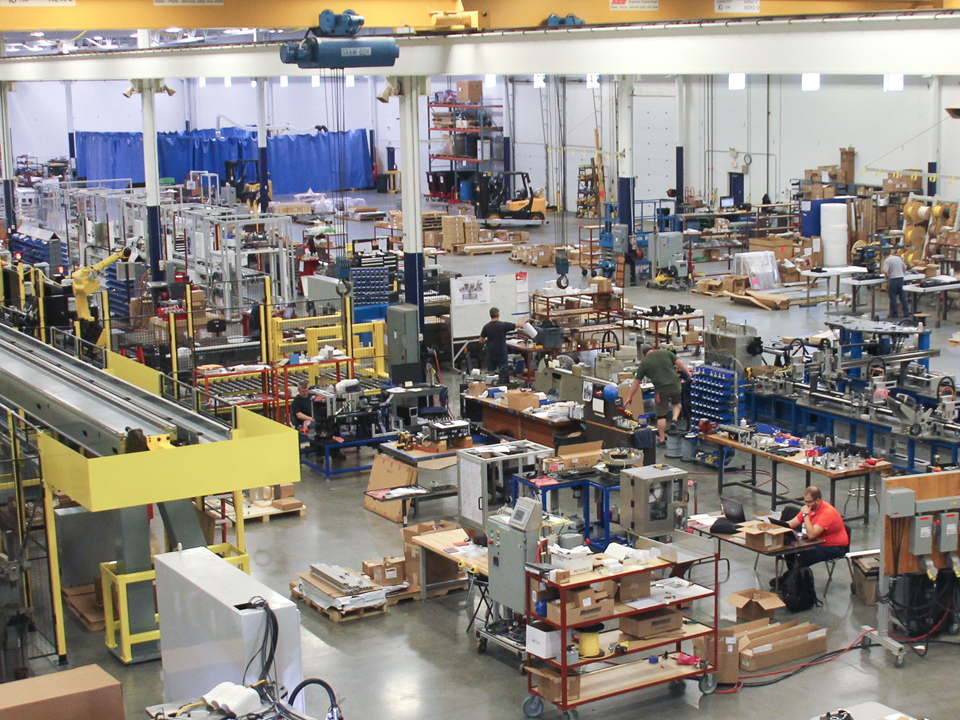
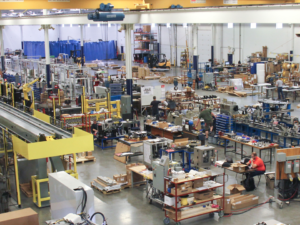
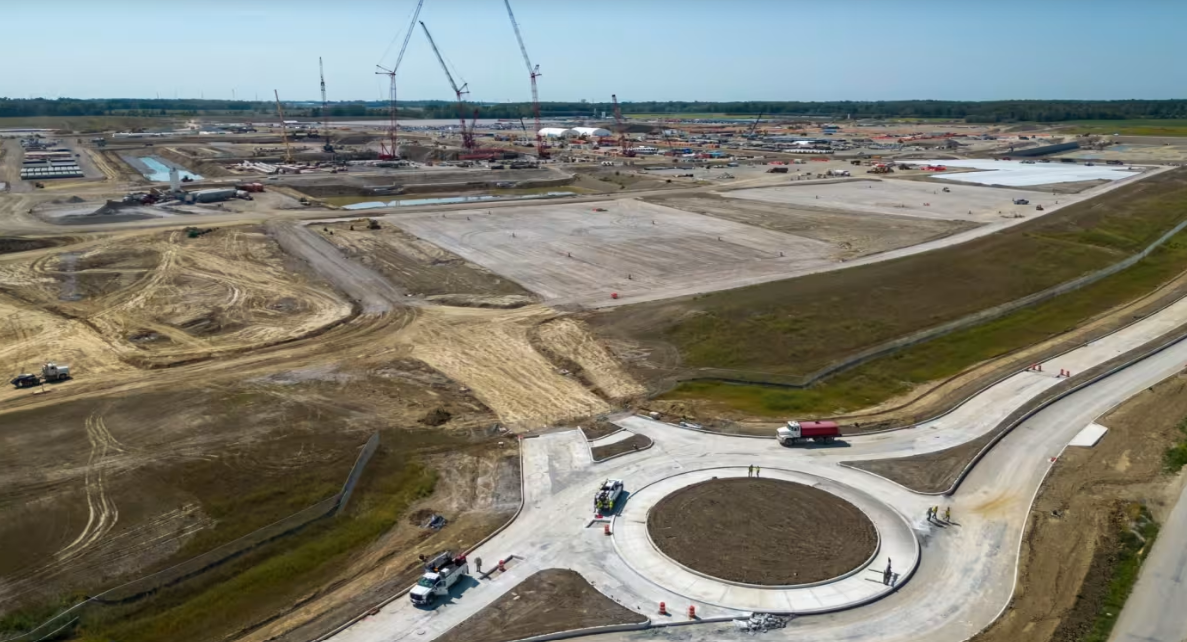
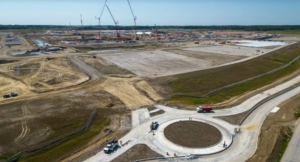
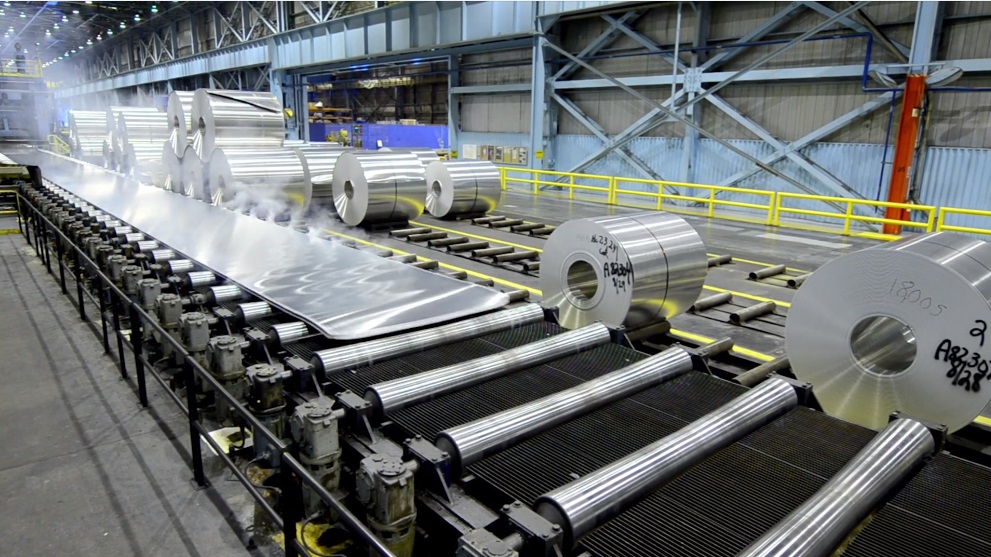

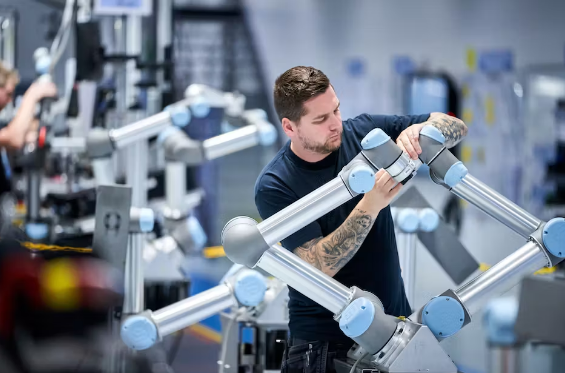
More manufacturers could benefit, if they put the effort into calculating the deeper competitive advantages and savings.